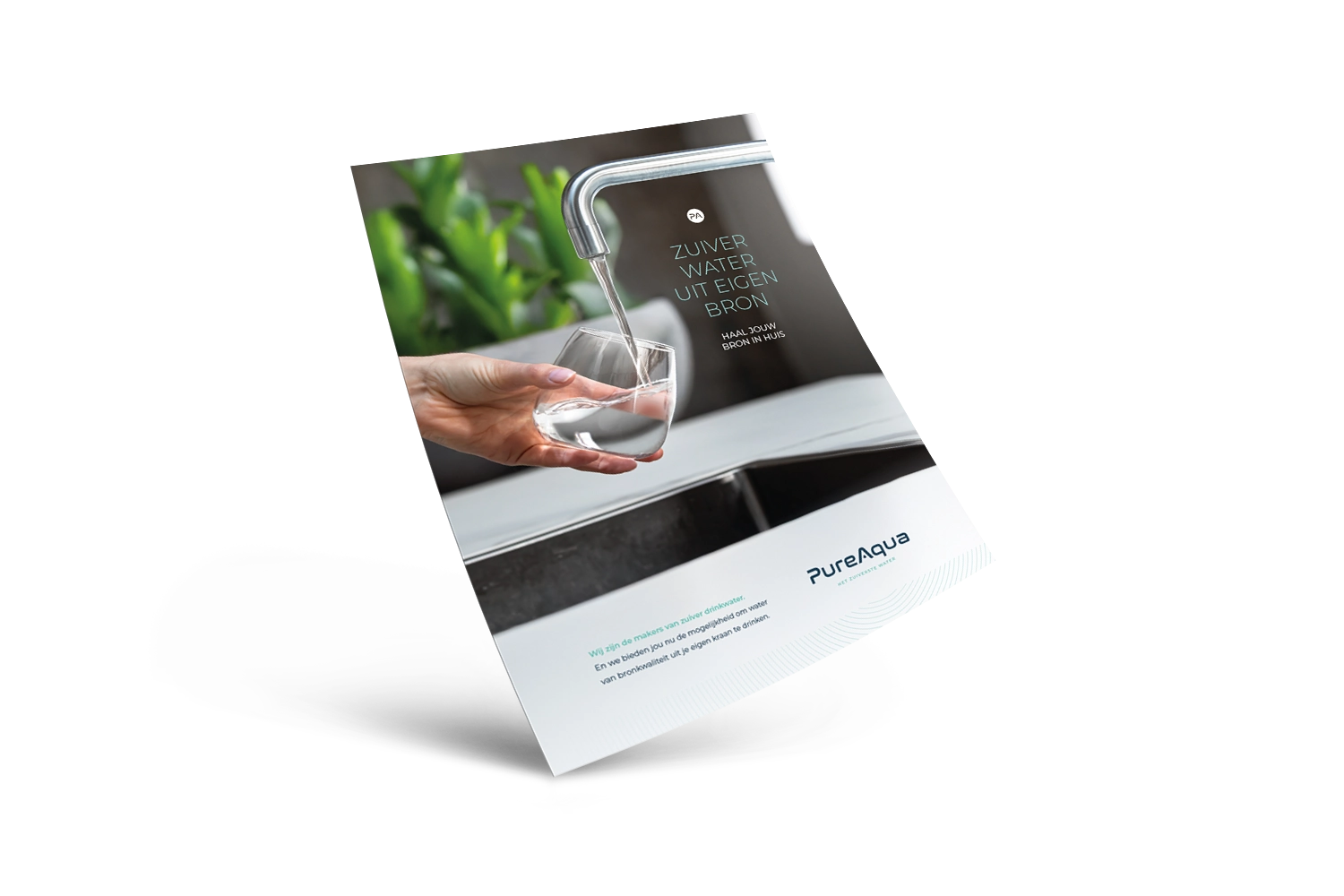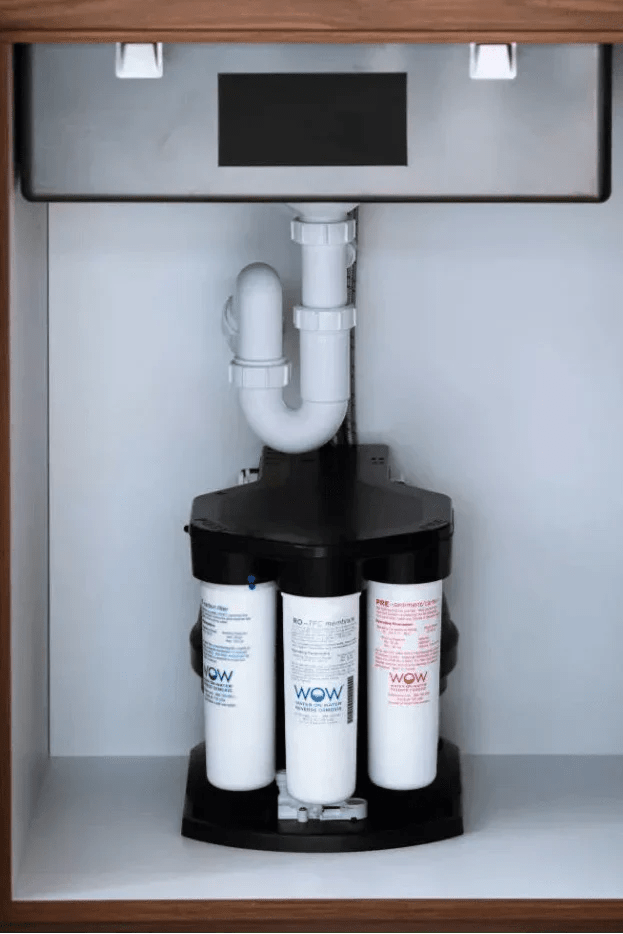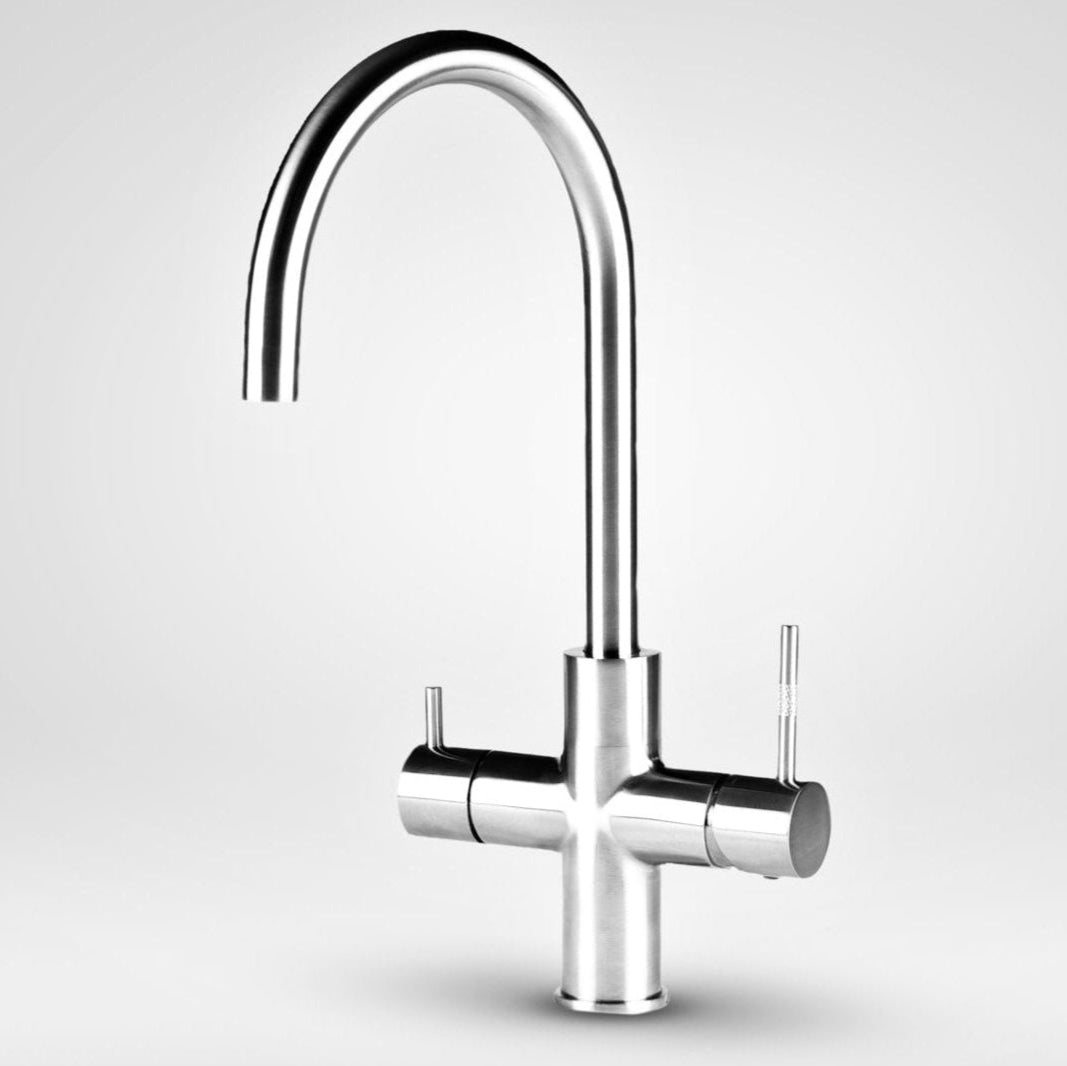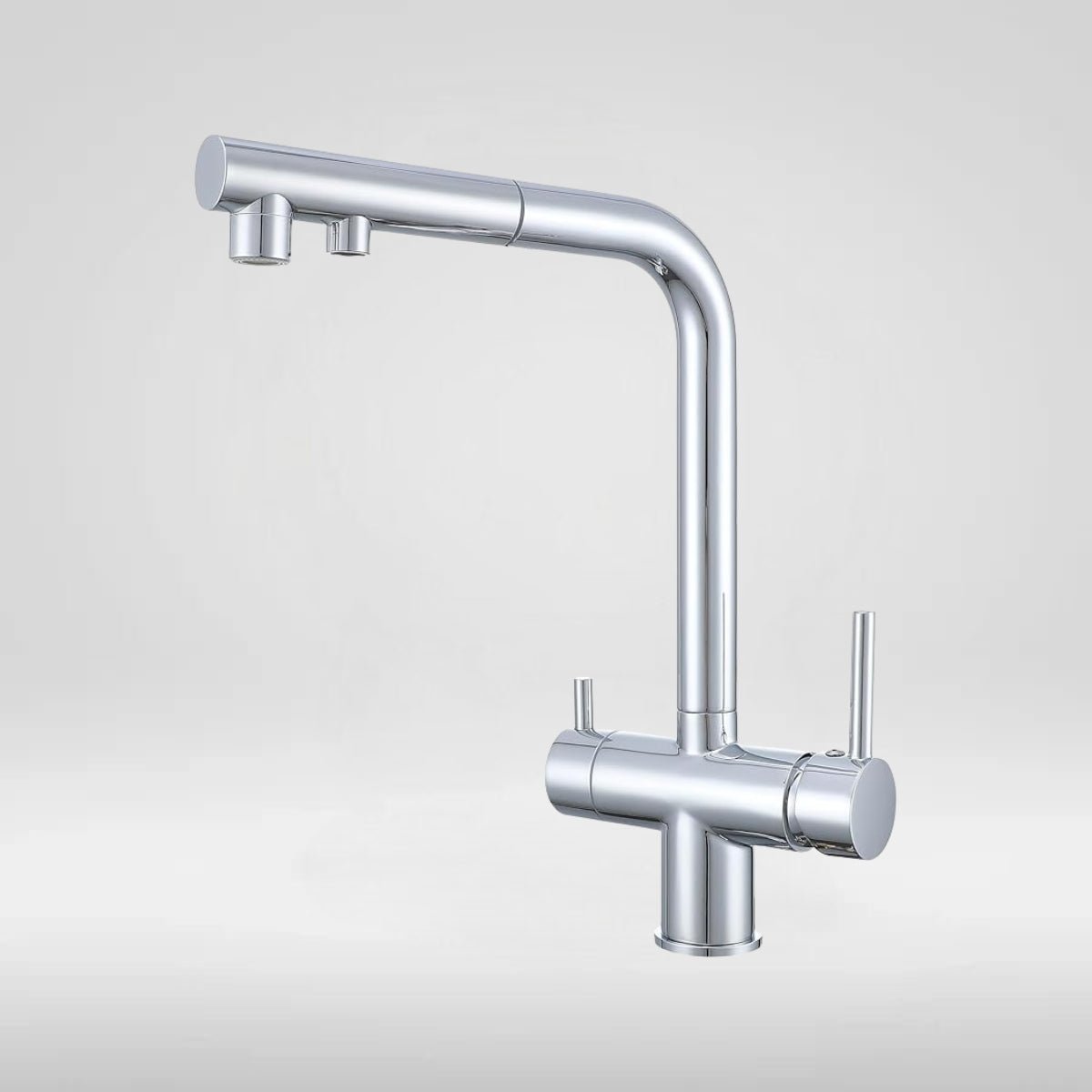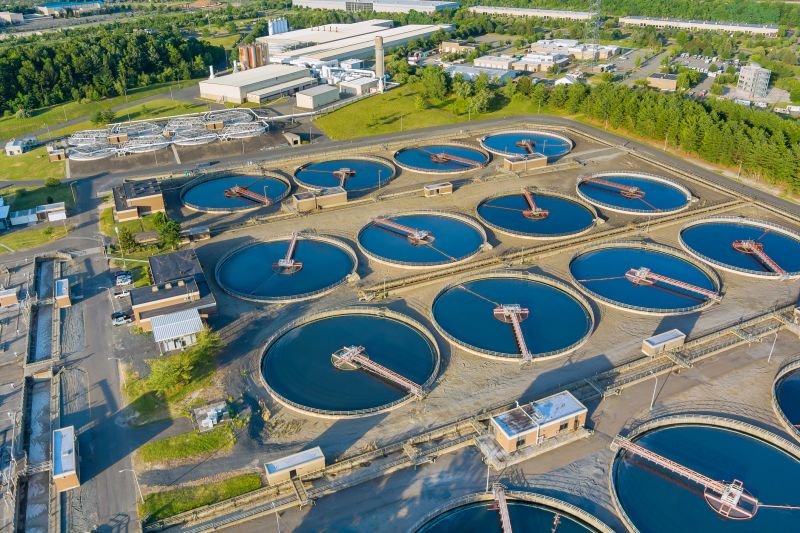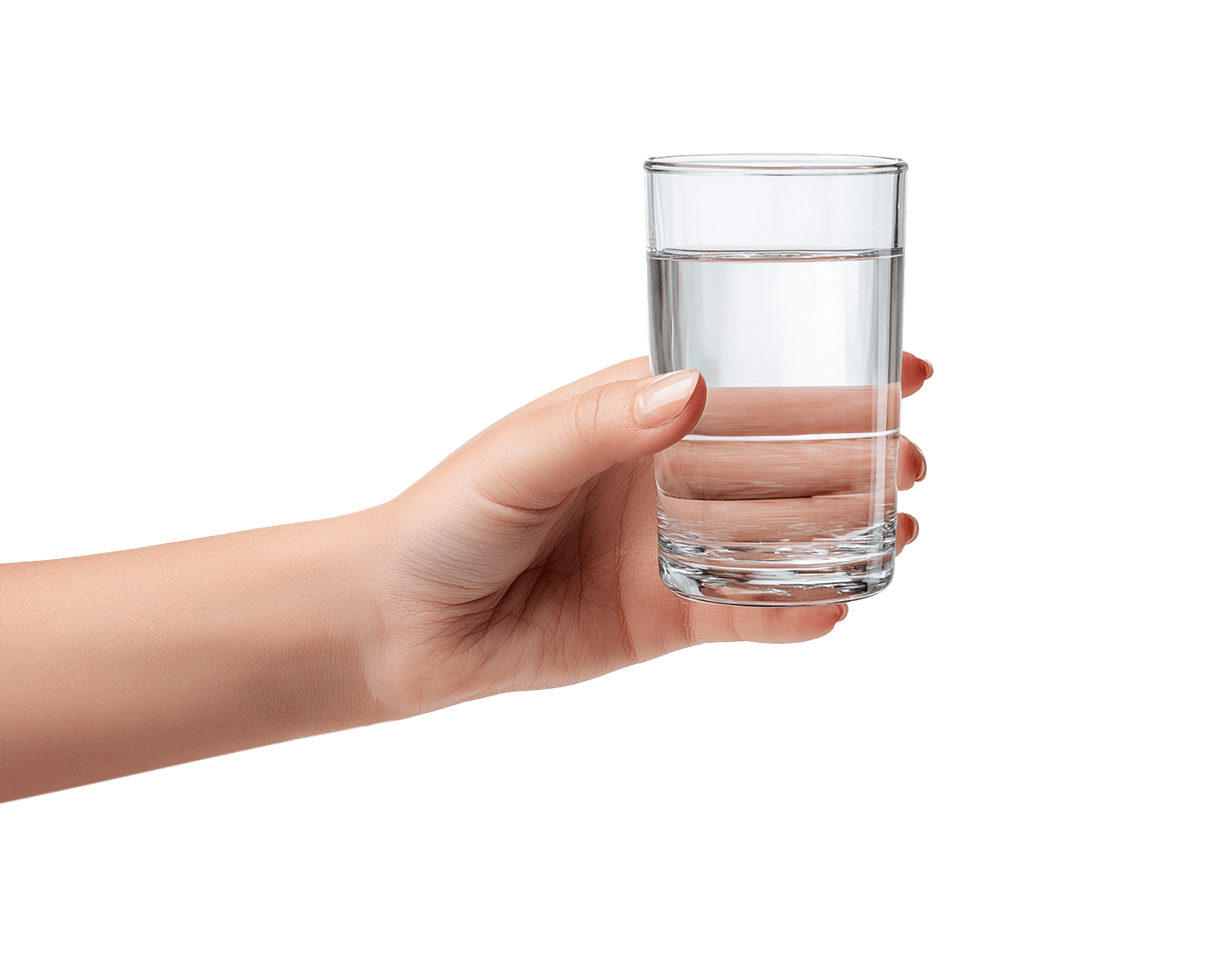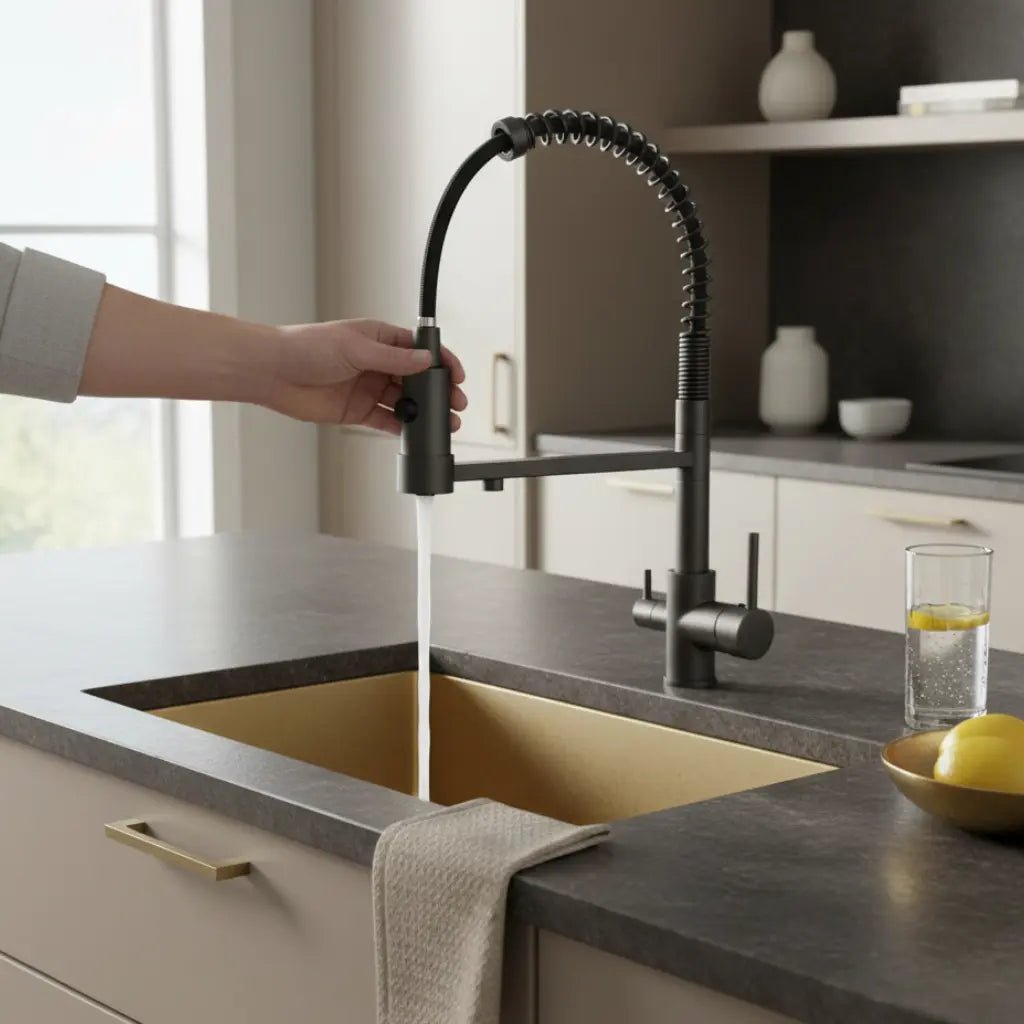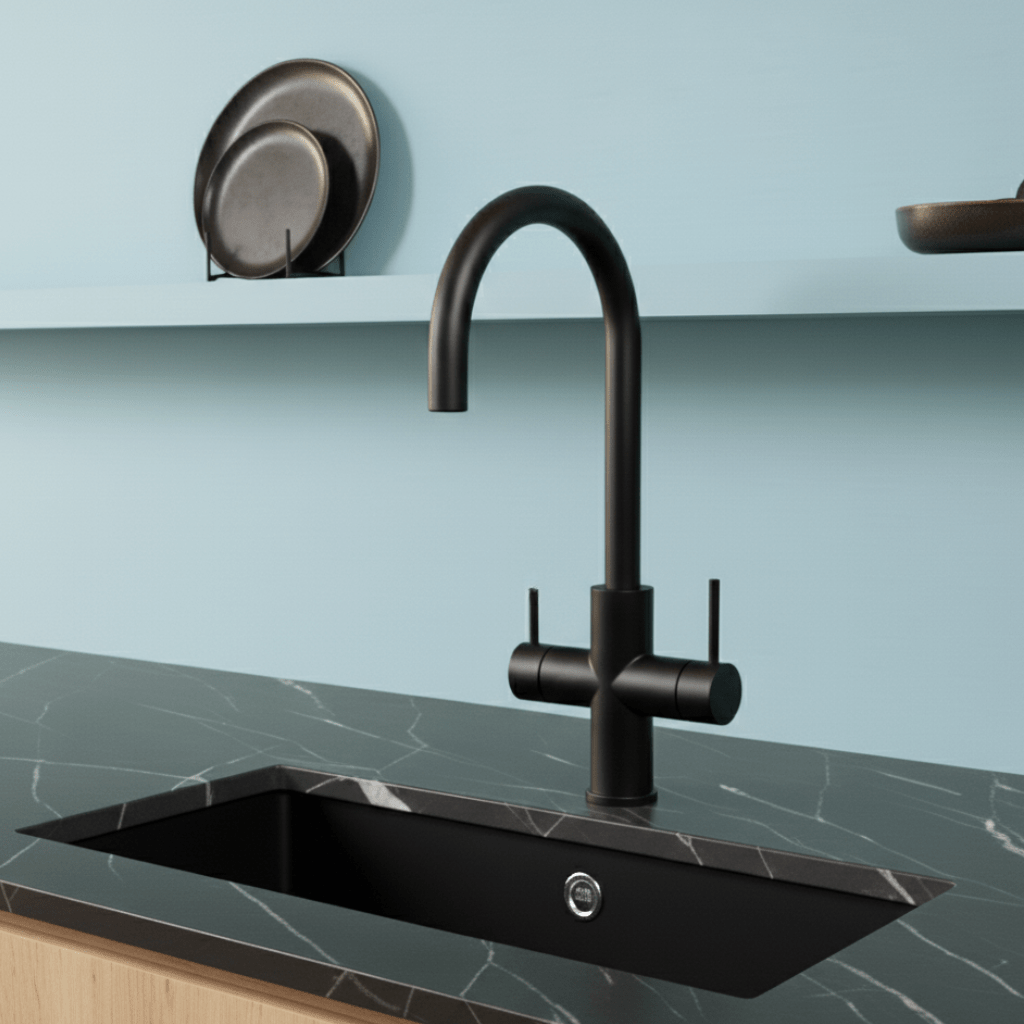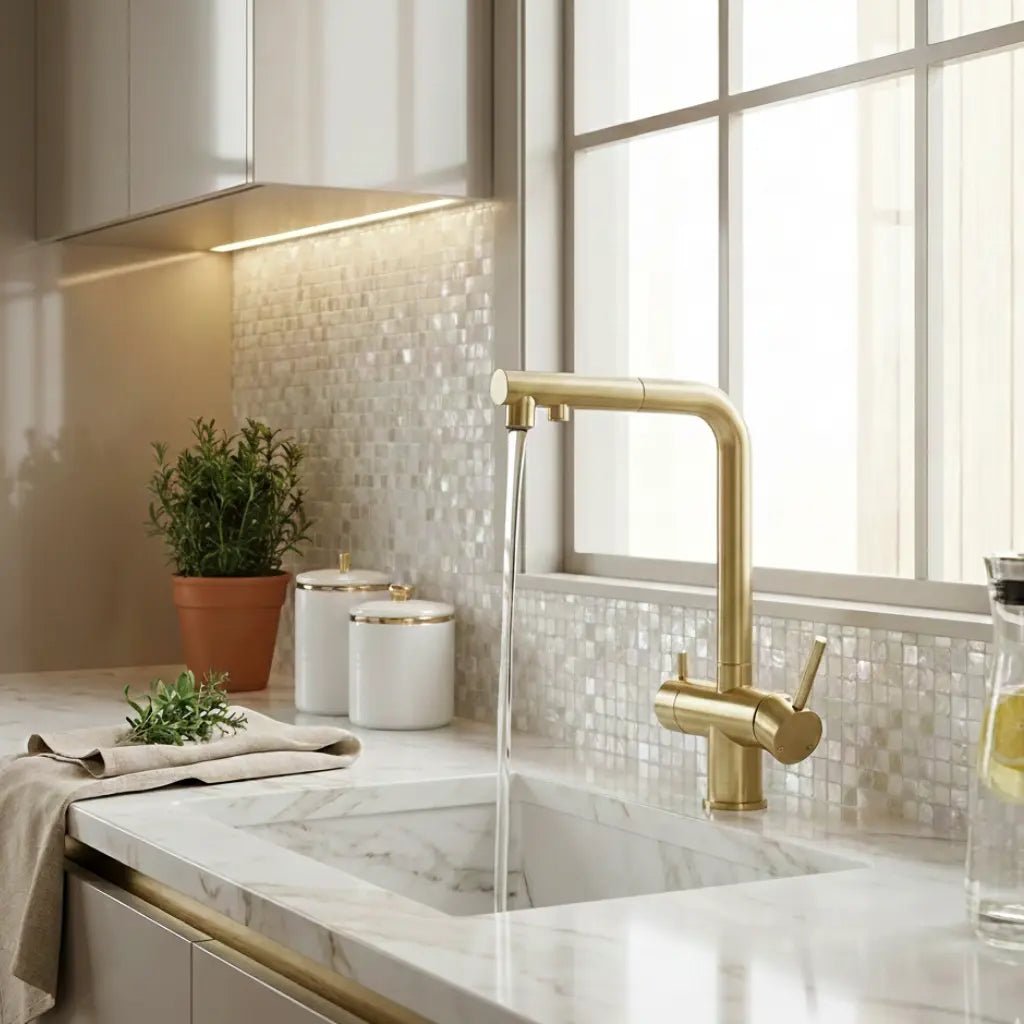An inline water purifier is a filter system that connects directly to the water supply to purify tap water before it leaves the tap. This compact system removes unwanted substances such as sediment, chlorine, heavy metals, and other contaminants. It's the ideal choice if you want to improve the water quality throughout your home without installing separate filter solutions at each tap.
How does an inline water purifier work?
An inline water purifier is installed on the main water supply or at a specific tap and purifies the water immediately before it is used. At the heart of this system are several filter elements that work together to remove impurities from the water.
The filtration process usually involves several steps. First, the water passes through a sediment filter that traps larger particles such as sand, rust, and other suspended solids. This is crucial because these particles not only degrade water quality but can also shorten the lifespan of subsequent filters.
After pre-filtration, the water flows through an activated carbon filter . This filter removes organic contaminants and improves the taste and odor of the water by absorbing chlorine and other chemicals. Some advanced systems then use reverse osmosis technology, where water is forced under pressure through a semipermeable membrane. This membrane allows only water molecules to pass through and retains unwanted substances, resulting in water of exceptionally high purity.
The most advanced inline water purifiers, such as The Source system , use a four-step process that removes up to 99% of unwanted substances from tap water. After purification, the water can be stored in a special tank, ready for use when you turn on the tap.
Inline water purifiers are relatively easy to install, although basic plumbing knowledge is often required. Filters need to be replaced periodically, usually annually, depending on water quality and usage. A water meter makes it easy to check when replacement is necessary.
Compared to individual water filters or water filter jugs, inline systems offer several key advantages. They continuously purify all the water you use, while water filter jugs have limited capacity and require constant refilling. Moreover, the purification level of high-quality inline systems is often higher than that of simple tabletop models.
When do you choose an inline water purifier?
An inline water purifier is the ideal solution if you want to improve the water quality throughout your home. This is especially important if you live in an area where tap water contains hard minerals, chlorine, or other contaminants that affect its taste or raise health concerns.
Choose an inline system if consistent water quality is important to you. Unlike separate filters or jugs that require constant refilling, an inline water purifier delivers continuously purified water. This is particularly convenient for families who use a lot of water daily for drinking, cooking, and other household purposes.
Inline water purifiers also offer benefits for specific water quality issues. They can be effective at removing chlorine, which not only improves the taste but is also better for your skin and hair while showering. Advanced systems with reverse osmosis technology can even remove heavy metals, nitrates, and other harmful substances found in some water supply areas.
In the long run, an inline water purifier can also be cost-effective. Although the initial investment is higher than for a separate filter or jug, you'll ultimately save on bottled water. Furthermore, properly purified water pipes and appliances can last longer because there's less limescale and sediment in the system.
Many households opt for an inline water purifier after testing their tap water and discovering undesirable substances. A TDS meter (Total Dissolved Solids) allows you to easily measure the amount of dissolved solids in your water, helping you make an informed decision about the need for water purification in your situation.
Finally, an inline water purifier is an environmentally friendly choice. By purifying water at home, you reduce the need for plastic bottles, which contributes to less plastic waste. Some systems, such as those from PureAqua, are also designed with sustainability in mind and produce up to 500% less wastewater than traditional filtration methods.
